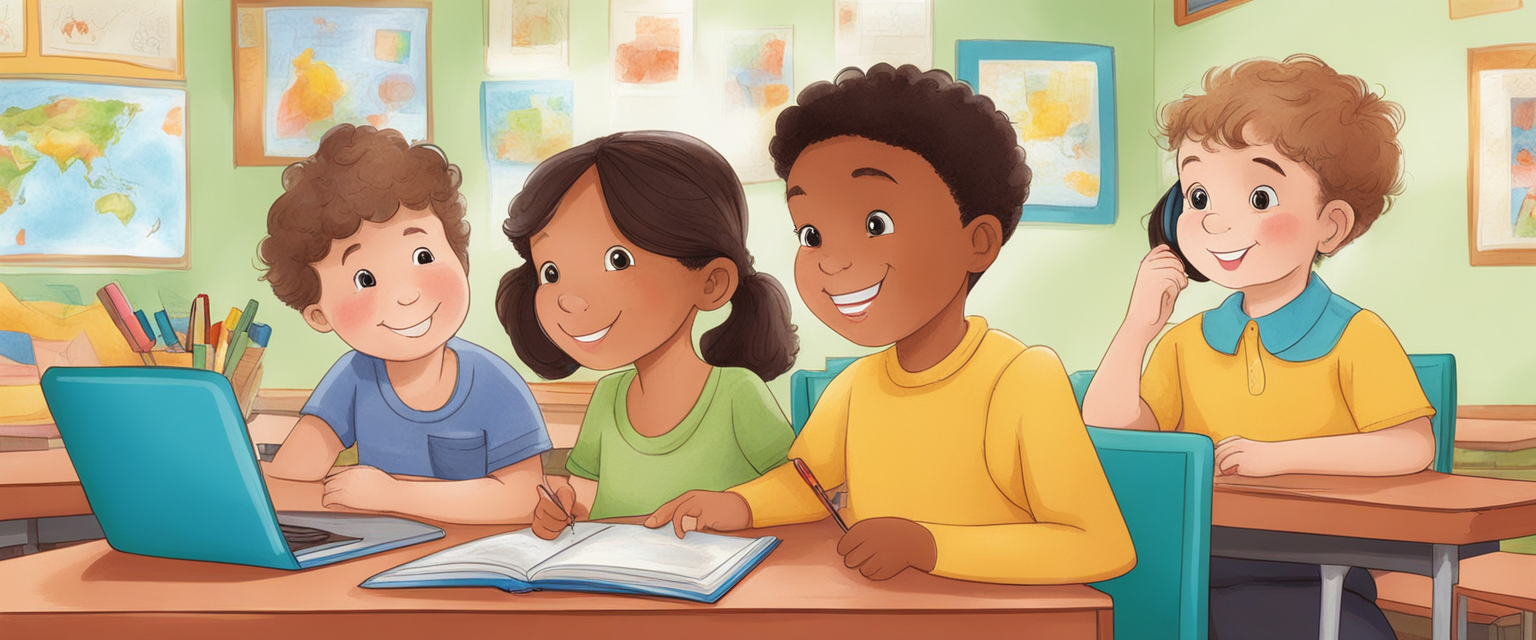
Imagine a classroom transformed by the magic of technology, where the barriers to learning are not just addressed, but dismantled. This is not a distant dream but the current evolution in autism education, with assistive technology paving the way. In this journey, we uncover a future where special education transcends coping strategies and becomes a realm of flourishing potential for every unique learner.
The Dawn of a New Era in Autism Education
As we navigate this transformative era, assistive devices and software emerge as beacons of hope, each meticulously crafted to accommodate the vast spectrum of learning styles and challenges faced by autistic students. These innovations are far more than mere gadgets—they are the keys to unlocking vast potential.
One such breakthrough is the application of augmented reality (AR) in educational settings. AR has the power to forge interactive and enthralling learning experiences that captivate students with autism in ways that traditional methods might not. For instance, AR apps enable learners to visualize complex subjects or narratives, crafting a tailored multi-sensory environment that meets their individual needs.
Another significant stride is the advent of AI-powered learning platforms. These dynamic systems can intuitively adjust to a student's learning pace and preferences, offering a bespoke educational experience that once seemed only a dream. From speech recognition software that bolsters communication, to predictive analytics that enable educators to adapt lesson plans proactively, AI stands as a formidable force of change.
Empowering Students with Speech and Language Development
Communication poses a notable challenge for individuals with autism, but assistive technology is charting new territories of growth in this domain. Innovations like the Forbrain, which fortifies neuroplasticity and speech clarity, are transforming our approach to language acquisition.

Wearable technology like smart glasses offers real-time assistance with social cues, while tablet applications for speech therapy transform practice into a delightful, interactive activity. These tools don't just nurture communication skills—they also cultivate independence and self-assurance among students.
Creating Inclusive Educational Environments
Assistive technology is pivotal in fostering inclusive educational spaces. By offering alternative avenues for expression and comprehension, technology facilitates the integration of students with autism into mainstream classrooms. This harmonization enriches every student, nurturing a culture of diversity and understanding.
For example, interactive whiteboards and touchscreen devices render learning more tactile and visually engaging, often to the benefit of students on the autism spectrum. Moreover, specialized software aids these students in organizing their thoughts and tasks, alleviating anxiety and enhancing concentration.
Teachers are better equipped with sophisticated tools for tracking progress and comprehending the distinct needs of their students. Applications for data collection and behavior analysis enable a more detailed educational approach, ensuring that each child receives the attention they deserve.
Looking to the Future
Looking ahead, the potential of assistive technology in autism education is limitless. We stand on the threshold of a new epoch where technology not only mitigates challenges but also accentuates strengths. It is a future where every student with autism can shine distinctively.
In embracing these innovations, we must also guarantee their accessibility to everyone. The incorporation of assistive technology in education is more than an issue of progress; it is a question of fairness and justice. It is our pledge to equip every child with the necessary tools to realize their utmost potential.
At the core of autism education is the recognition and celebration of our students' neurodiversity. Assistive technology is a formidable ally in this mission, and together, we can sculpt a learning landscape as diverse and dynamic as the students it serves.










Leave a comment